[VARIVAS] SHOCK LEADER [FLUOROCARBON] VA-11
Our Selling Price: US$6.47 - US$37.73 [Regular Price: US$9.24 - US$53.90]
Prices vary according to options.
Retail Price: US$13.20 - US$77.00
Shock Leader [Fluorocarbon]
- Varivas’ Fluorocarbon shock leader available in a comprehensive range of sizes for all Game fishing applications.
- Varivas’ unique ‘non-stress’ coating, coupled with our ‘SP-T’ super tough coating results in the perfect balance of low-stretch and ultra-high sensitivity for superior lure control.
Basic knowledge of SHOCK LEADER
What is a SHOCK LEADER?
It is an indispensable item for modern fishing styles.
A SHOCK LEADER is a line attached to the tip of the main line to make the system (rig) perform at 100%.
It is sometimes called a “leader”.
The name may vary, but it is a line that serves the same purpose as a leader line or a tippet. It is often used in combination with PE as the main line in modern fishing styles.
Role of the SHOCK LEADER.
It brings out the full potential of the PE line.
PE is sensitive because it has almost no stretch. However, this also causes a lot of hooking failures.
Also, it has the disadvantage of being weak against friction.
Therefore, a SHOCK LEADER must absorb the impact and complement the abrasion resistance.
PE, which does not transmit light, is very conspicuous in the water, so another purpose of the SHOCK LEADER is to camouflage it.
The balance between the SHOCK LEADER and the line.
Which one should be stronger, the main line or the SHOCK LEADER?
The SHOCK LEADER should be the same or weaker than the main line.
If the SHOCK LEADER is stronger than the main line, it will break where the lines meet, not when the rig is connected but when it gets snagged.
Therefore, check the pound display as well as the number display of the PE.
For example, if the PE is 1.5, it has a strength of about 20lb, so you want to choose a SHOCK LEADER that balances with this value.
Fluorocarbon or nylon?
Fluorocarbon for the bottom, nylon for the winding.
The advantages of using fluorocarbon as a SHOCK LEADER are that it sinks easily, has excellent sensitivity, and is resistant to abrasion such as root sliding. Therefore, it matches the style of searching at the bottom.
On the other hand, nylon is supple and has a moderate stretch, making it suitable for fishing that involves casting and winding.
How long should the SHOCK LEADER be?
Up to 2m at most.
It depends on the tackle balance and the point situation, so it is generally impossible to say.
However, 1-1.5m is the standard for shore lure fishing.
The shorter the SHOCK LEADER, the less trouble it causes, and you should remember to keep it up to 2m.
How often should the SHOCK LEADER be replaced?
The performance will deteriorate even if you don’t use it.
Nylon will degrade even if you don’t use it because it absorbs water and is exposed to light, so you should replace it frequently.
In the case of fluorocarbon, you should replace it immediately if the line has scratches.
What is the difference between the number display and the pound display?
The unit of thickness and the unit of strength.
The unit of line thickness is “#,” and the standard for #1 is 0.165mm.
The strength unit is “lb.“ 1lb indicates the strength that breaks under a load of 0.453kg.
You won’t get lost when buying or fishing if you can handle both units.
Estimation formula
Remember, “2 x 4 = 8 pounds.”
When considering the balance between the main line and the SHOCK LEADER, as mentioned earlier, you also need to be able to convert between the number display and the pound display instantly.
The rule of thumb is “number x 4 = approximate pound number”.
For example, a #2 line is 8 pounds, and a #5 line is 20 pounds.
Also, if you exceed #10, you can get a more accurate pound number by multiplying by 3-3.5.
| # | 1 | 2 | 4 | 8 | 10 | 12 | 14 | 16 |
| lb. | 4 | 8 | 16 | 24 | 32 | 35 | 40 | 50 |
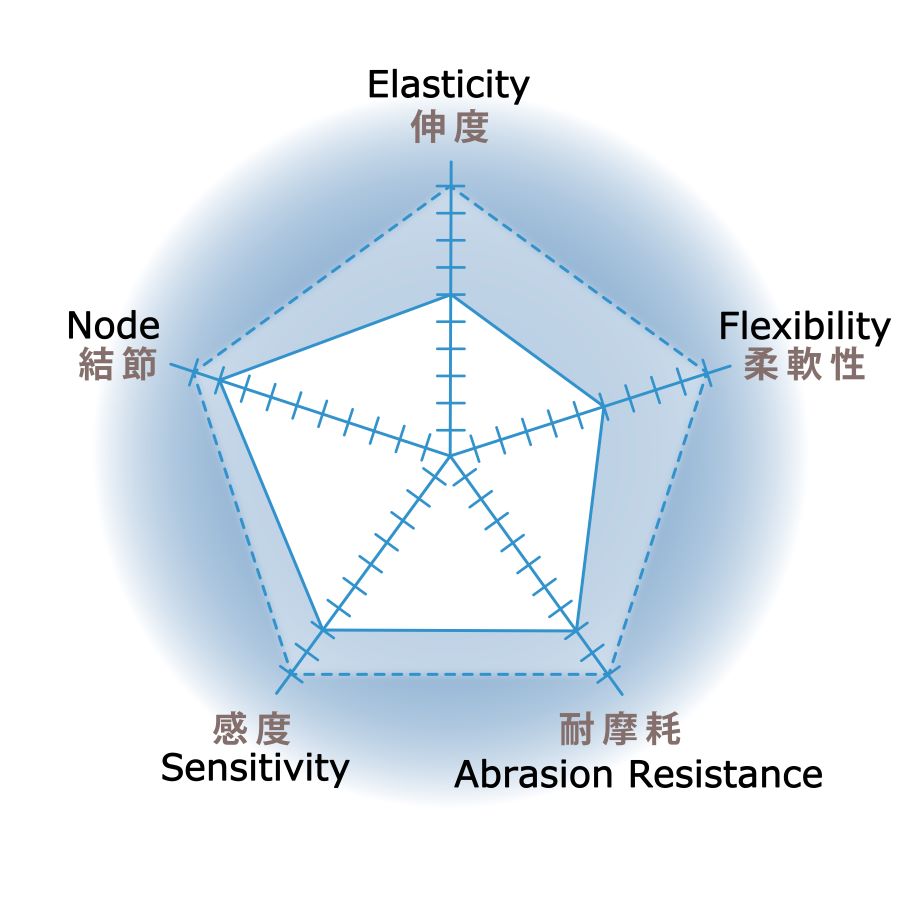
Color
Natural




Spec
| # | LB. | DIA. (mm) | 30m (Parallel Winding) |
| 2.5 | 10 | 0.260 | ● |
| 3 | 12 | 0.285 | ● |
| 4 | 16 | 0.330 | ● |
| 5 | 20 | 0.370 | ● |
| 6 | 22 | 0.400 | ● |
| 7 | 25 | 0.440 | ● |
| 8 | 30 | 0.480 | ● |
| 10 | 35 | 0.520 | ● |
| 12 | 40 | 0.570 | ● |
| 14 | 50 | 0.630 | ● |
| 18 | 60 | 0.700 | ● |
| 20 | 70 | 0.740 | ● |
| 22 | 80 | 0.780 | ● |
| 30 | 100 | 0.880 | ● |
| 40 | 130 | 1.050 | ● |
*Comes with a Spool band dedicated to each size!
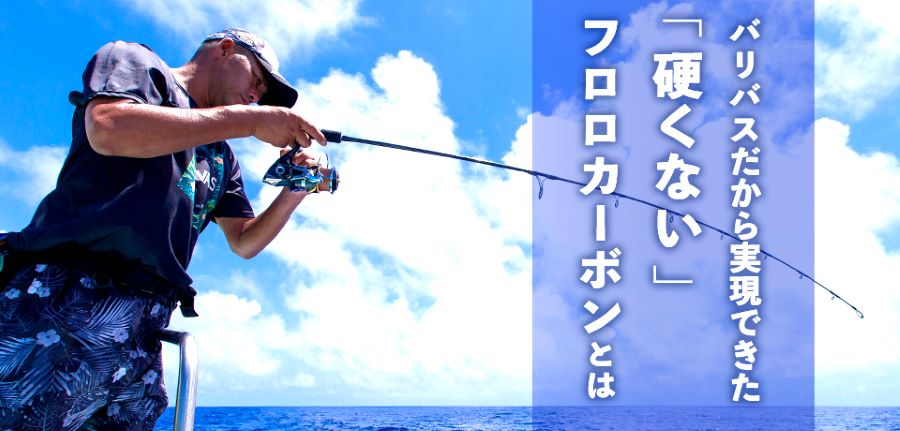
Fluorocarbon line with ‘flexibility’ as its weapon
The fluorocarbon line has higher ‘abrasion resistance’ and a lower ‘elongation rate than the nylon line.’
In other words, it’s strong and doesn’t stretch easily.
However, at the same time, it has the characteristic of being ‘stiff.’ Some anglers see the ‘stiffness’ unique to fluorocarbon as an ‘advantage,’ but since ‘stiffness’ can also cause trouble, there are more anglers who feel it is ‘difficult to handle.’
“It can be said that it is inevitable that fluorocarbon line, which is made of a harder material than nylon line, becomes stiffer,” says Toshihiro Yokoshima, a master of offshore jigging.
However, he says there is a ‘flexible’ fluorocarbon material shock leader that has succeeded in escaping from that fate.
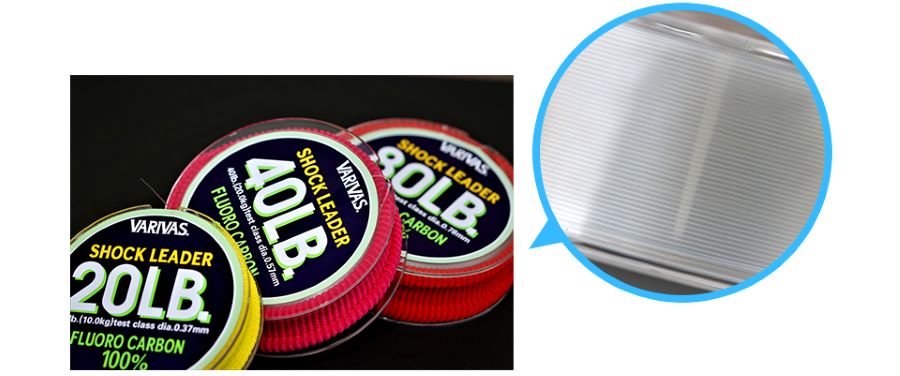
Unique benefits of Varivas Leader!
“Compared to other fluorocarbon lines, the difference in flexibility is clear. It’s flexible and very soft; that’s the feature of this shock leader.”
Flexibility and softness not only deter trouble but also stabilize the binding strength.
“You can firmly bind the main line, which is the PE line, as well as swivels and O-rings. The more flexible and soft it is, the more you can tighten it, and it’s easy to tie. It’s recommended for beginners who are not good at knots.”
These features are very important elements for the line of a shock leader, but there are two more reasons why Mr. Yokoshima uses “Varivas Shock Leader [Fluorocarbon].”
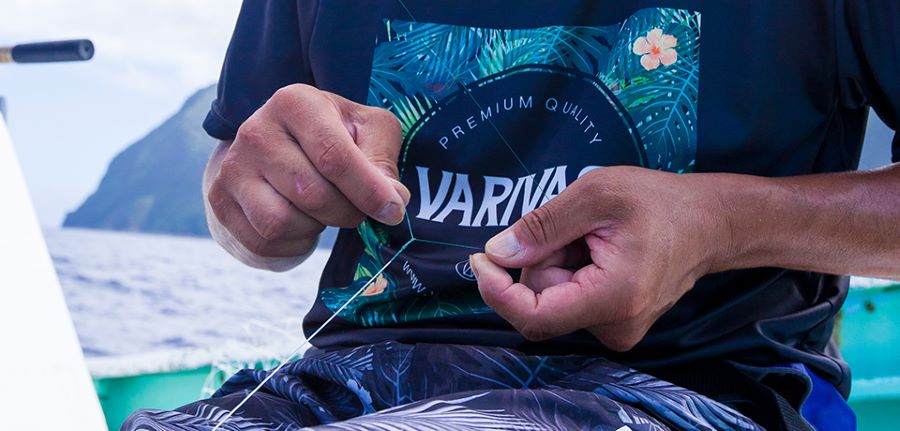
Amazing abrasion resistance & ultra-low elongation
Even among the many strong and non-stretching fluorocarbons, there is a difference in ‘performance’ depending on the item.
“For offshore jigging targeting the deep zone of 100m or more, the elongation rate of the line is a serious issue.
Even in the deep zone where big targets lurk, this shock leader can accurately convey the action to the jig and catch the hit directly.
One of the big reasons why I use it is because the astonishingly low elongation rate of this shock leader is an advantage.”
Furthermore, monster fish such as Kanpachi, after hooking, try to cut the leader by rubbing their bodies against the reef.
“Such situations blatantly test the abrasion resistance of the shock leader. I have full confidence in the Varivas Shock Leader [Fluorocarbon], which has a high catch rate even when rubbed against the root.”
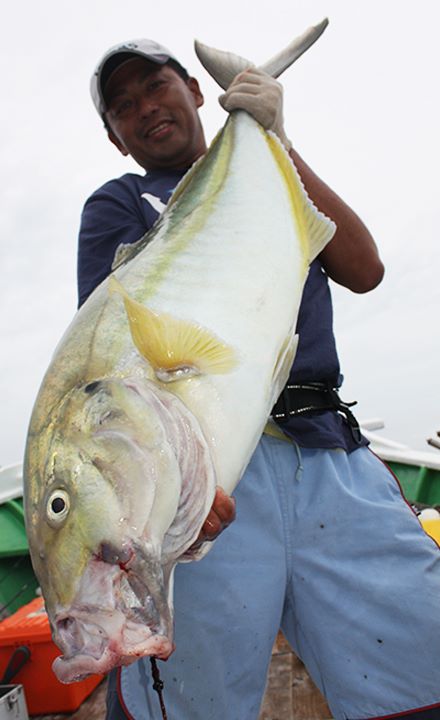
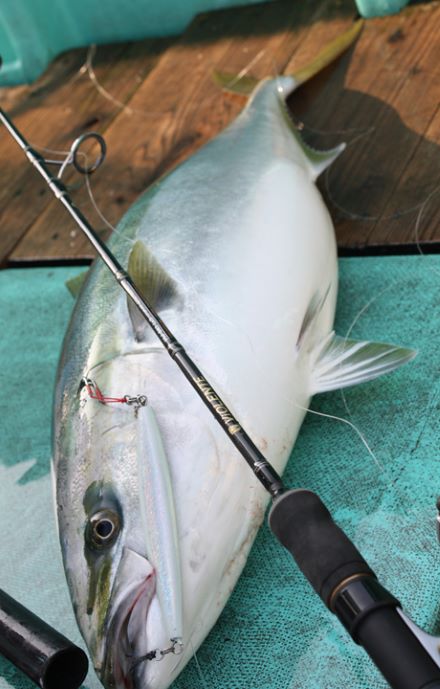
Gallery
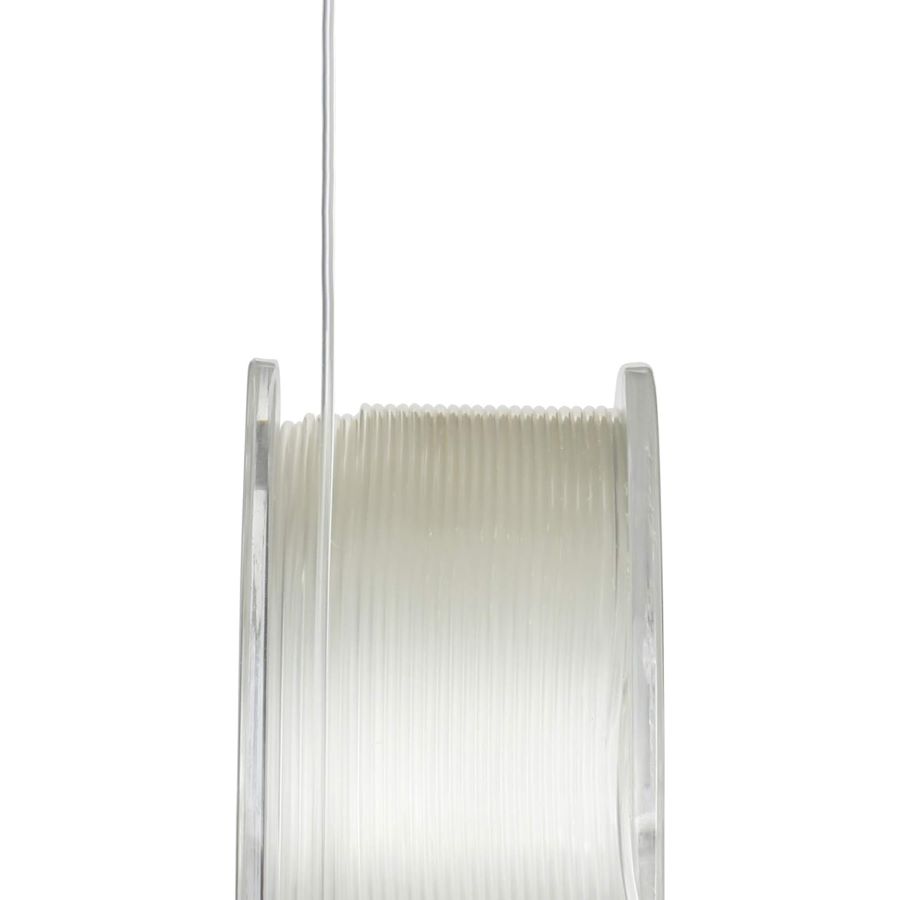
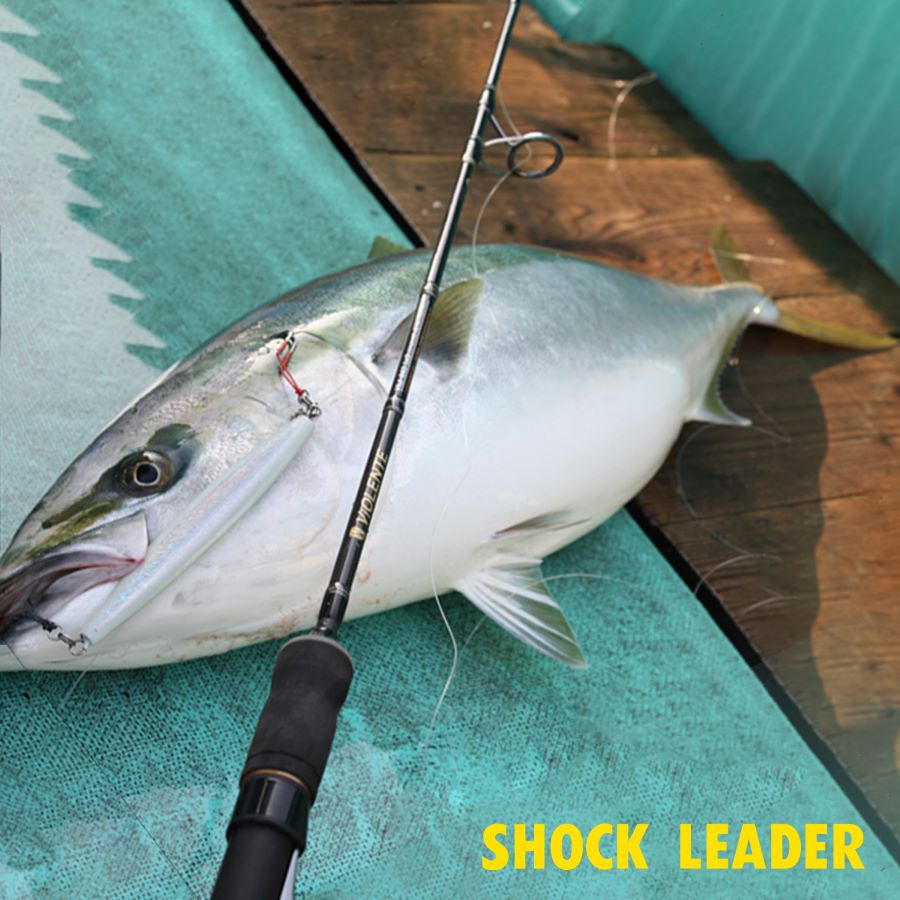
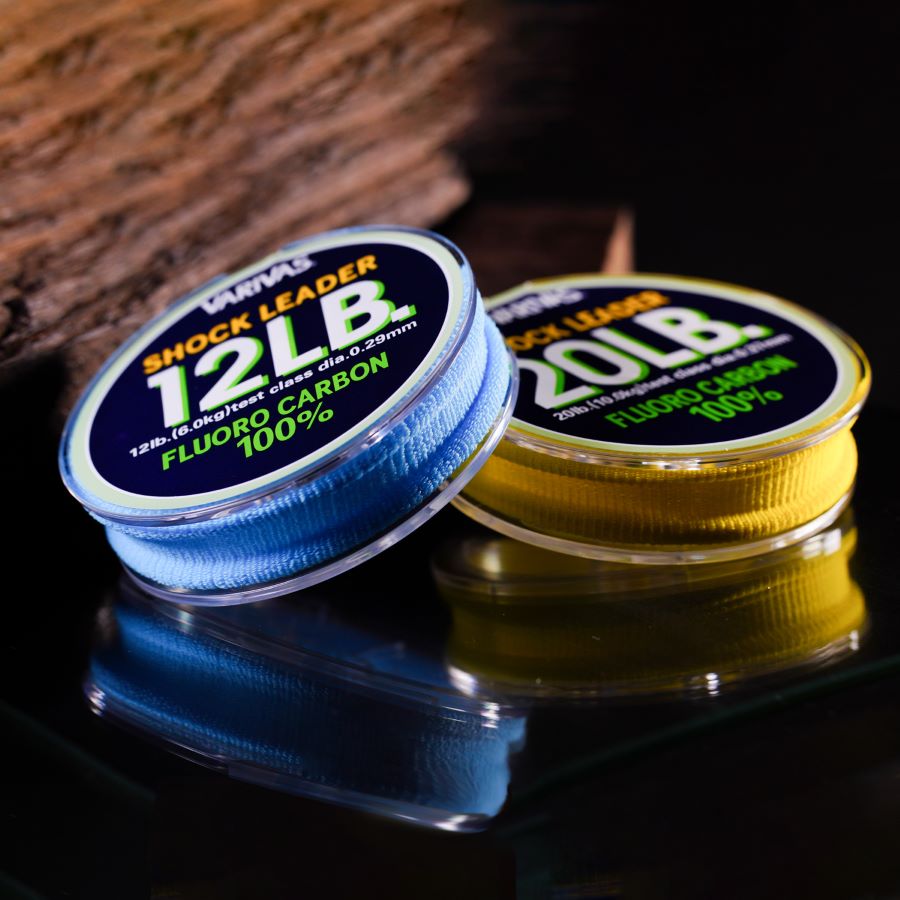
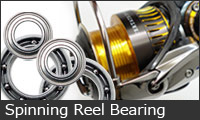
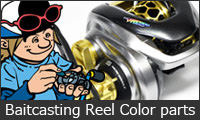
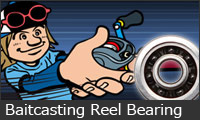





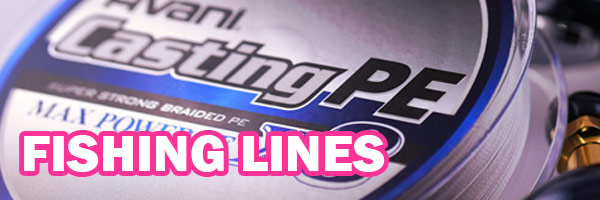




























































































 Baitcasting Reel
Baitcasting Reel
































































































![Photo1: [VARIVAS] SHOCK LEADER [FLUOROCARBON] VA-11](https://www.hedgehog-studio.co.jp/data/hedgehog-studio/_/70726f647563742f32303234303332315f3730656430322e6a7067003330300000660066.jpg)